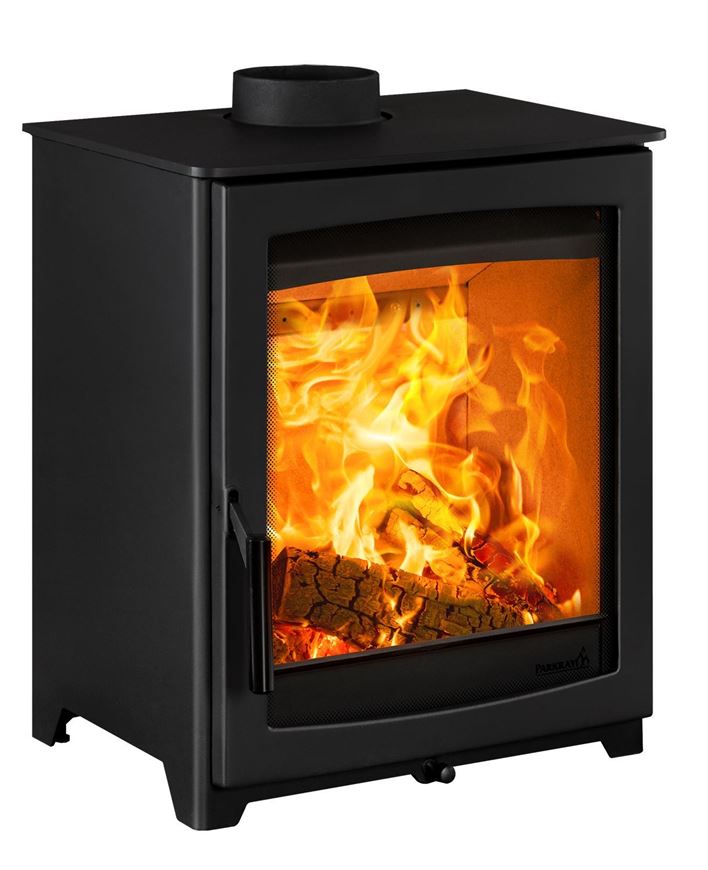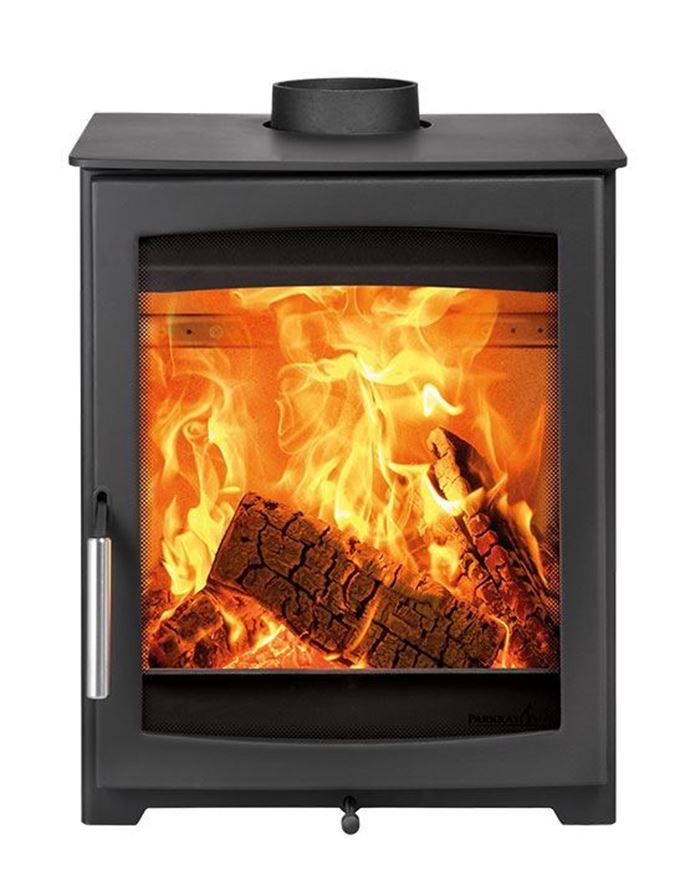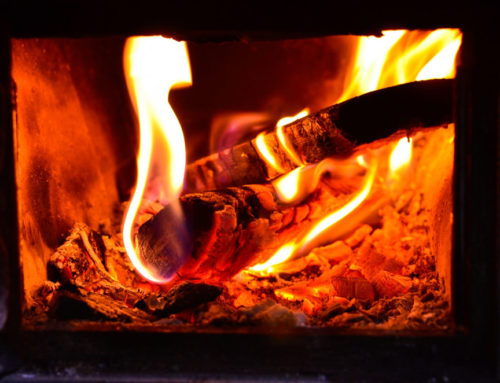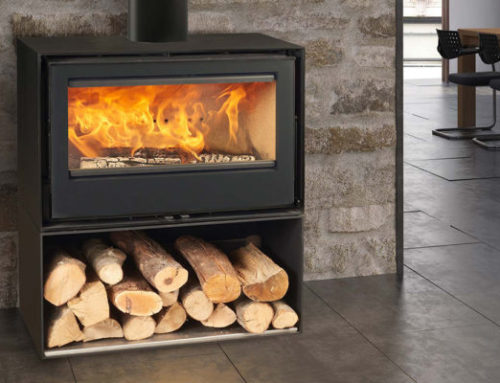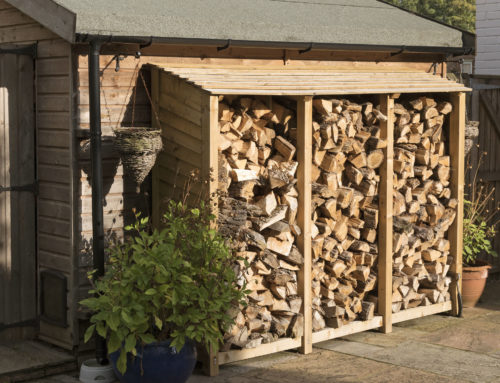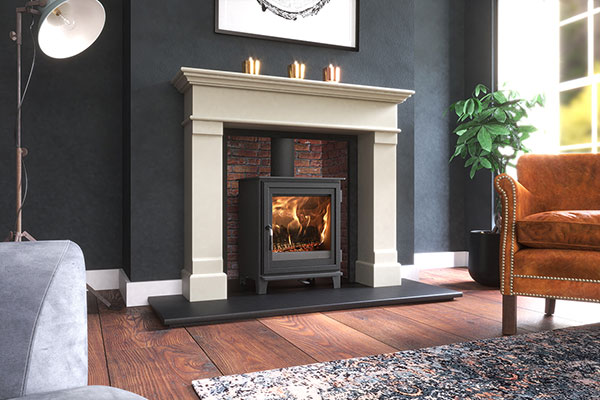
Am I still allowed to have a wood-burning stove in my home in the UK?
The short answer is yes, provided your stove meets the government’s Clean Air Strategy requirements announced in 2019. Firehouse only sells clean-burning stoves and leisure devices, all of which carry full environmental certification in the United Kingdom. Therefore, you can be certain that any stove you buy from us will already meet the most stringent regulations and you will be able to use your stove for many years beyond the 2030 DEFRA target of reducing emission of domestic emission pollutants by 46%. If you have an older stove that does not meet these requirements, now is the time to talk to Firehouse and upgrade to a clean-burning stove.
How does a clean-burning stove sold by Firehouse work?
Some of the technology employed in modern clean-wood-burning stoves include catalytic converters or other clean-burn technology, air-wash technology, secondary combustion chambers, forced-air intake and airflow and ceramic glass windows which safely contain the fire without impeding the view of the flames.
The technology used in our modern flue systems is very far ahead of the old concept of a chimney through which most of the heat escaped and which had to be cleaned constantly. Our advanced modern wood-burning stoves are ventilated by specially designed flues that enhance the burning efficiency of the stove, draw fresh air from outside for combustion without cold air entering the room, prevent backdrafts into the room, and expel the low level of unburnt gases safely into the atmosphere.
Some stoves use noncatalytic technology to recirculate the smoke and burn it for a second time. This includes special firebox insulation, a large baffle to produce a longer, hotter gas flow path, and pre-heated combustion air which flows into the firebox through small holes above the fuel.
What is the correct fuel to use in a wood-burning stove to comply with the Clean Air Strategy?
Seasoned wood
often kiln-dried, contains considerably less moisture and pollutants than wet wood and it is therefore environmentally cleaner and is also much more efficient in creating heat energy. Seasoned wood contains a maximum of 20% moisture, while unseasoned wood (also called wet wood) can contain up to 50% moisture. If firewood is not kiln-dried, it can take up to 9 months to dry. Firehouse can advise you on how to dry wood correctly and in a much shorter space of time. We have offered some hints below.
Wood pellets and chips
These pellets, some types are also referred to as Hog fuel, are manufactured from dried waste wood material. Unlike firewood, they do not contain bark or dirt, and only contain around 11% moisture. These pellets are much more clean burning and are highly efficient, reaching almost complete combustion.
Briquettes
Made from recycled waste wood and compressed into log shaped bricks with hardly any moisture. They burn much hotter, cleaner, and longer than traditional wood.
Wood bricks
Made of kiln-dried, super-condensed recycled wood chips and sawdust. They can be used as burning fuel on their own, or in conjunction with seasoned wood. Like briquettes, they are cleaner-burning, burn hotter and last longer than wood alone.
Hints on how to dry wood
Select hard wood, such as Ash, Oak, Birch, Beech, Cherry, Sycamore, etc. Cut the firewood into suitable lengths and sizes. If you don’t own a kiln, it is best to start drying the wood outside as it dries much quicker than in your woodshed. Once it is dry, you can move it to the woodshed to protect it from the elements.
Stack the firewood rows on top of pallets or similar to keep them off the ground, with sufficient spaces between them for ventilation. The more it is exposed to sunlight, the better it will dry. It is a good idea to re-stack the wood periodically to move the wood at the bottom, or in the middle, to the top.
A form of roof covering will help it dry more evenly and quicker.
The complete process will take between six and nine months to season the wood properly.


